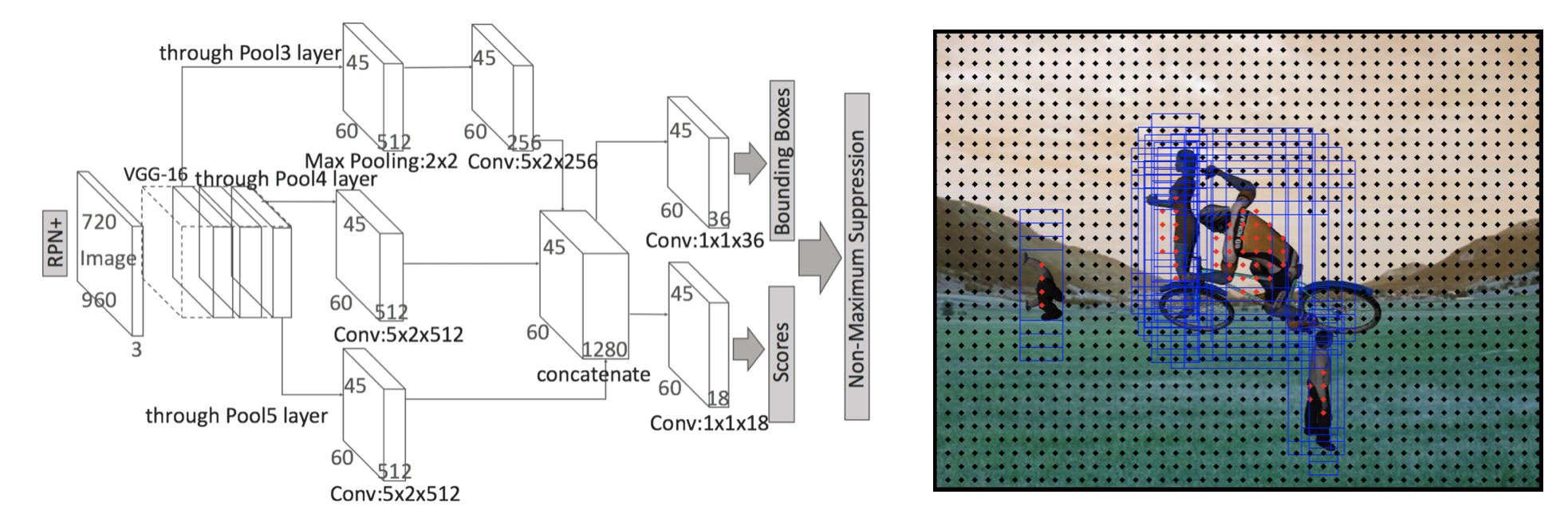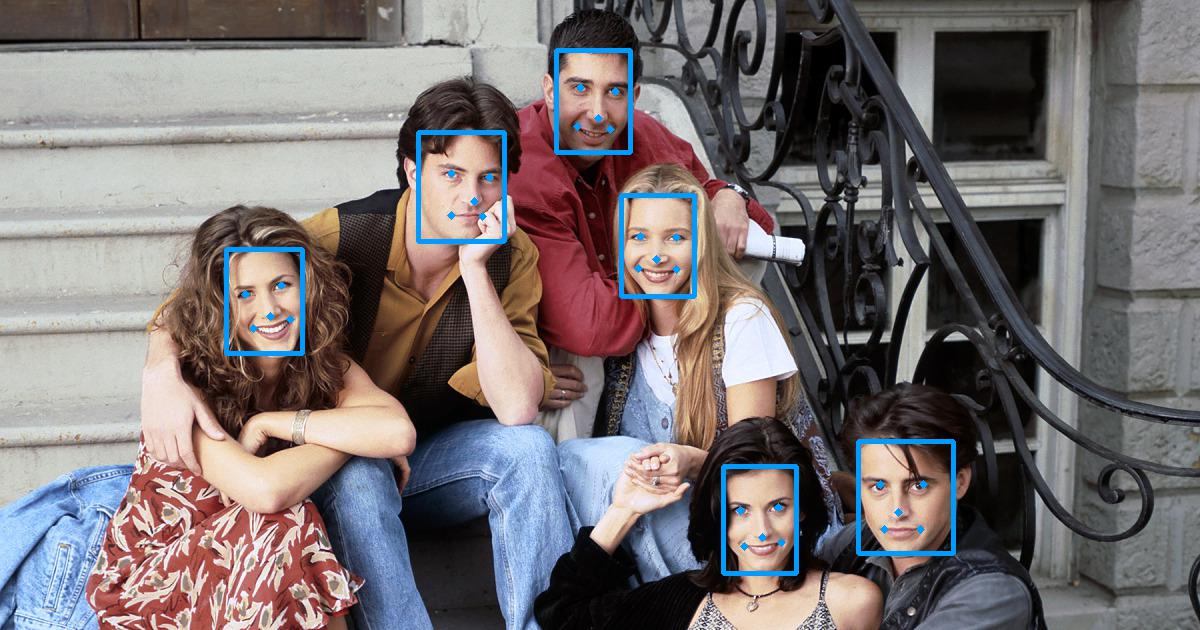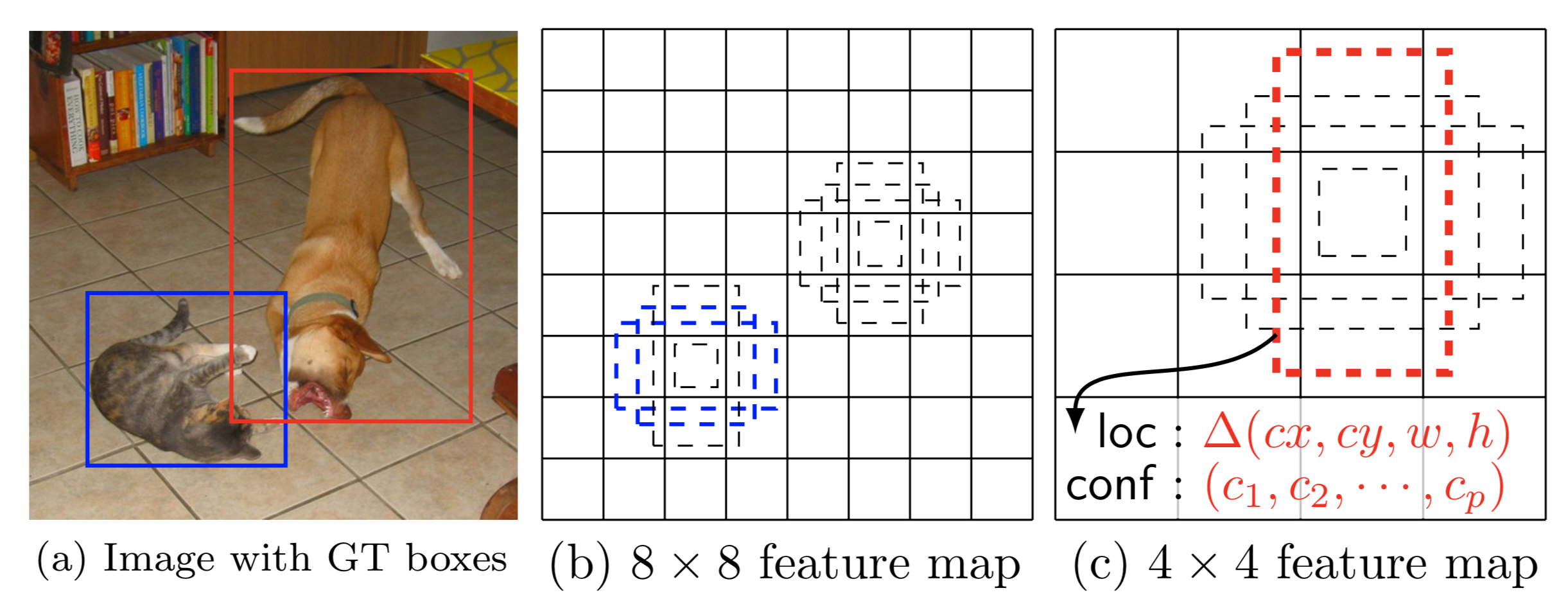"Talk is cheap, show me the code." ----- Linus Torvalds
This tutorial was designed for easily diving into TensorFlow2.0. it includes both notebooks and source codes with explanation. It will be continuously updated ! 🐍🐍🐍🐍🐍🐍
- Hello World (notebook) (code). Very simple example to learn how to print "hello world" using TensorFlow.
- Variable (notebook) (code). Learn to use variable in tensorflow.
- Basical operation (notebook) (code). A simple example that covers TensorFlow basic operations.
- Activation (notebook) (code). Start to know some activation functions in tensorflow.
- GradientTape (notebook) (code). Introduce a key technique for automatic differentiation
- Linear Regression (notebook) (code). Implement a Linear Regression with TensorFlow.
- Logistic Regression (notebook) (code). Implement a Logistic Regression with TensorFlow.
- Multilayer Perceptron Layer (notebook) (code). Implement Multi-Layer Perceptron Model with TensorFlow.
- CNN (notebook) (code). Implement CNN Model with TensorFlow.
- VGG16 (notebook) (code)(paper). VGG16: Very Deep Convolutional Networks for Large-Scale Image Recognition.
- Resnet (notebook) (code)(paper). Resnet: Deep Residual Learning for Image Recognition. 🔥🔥🔥
- AutoEncoder (notebook) (code)(paper). AutoEncoder: Reducing the Dimensionality of Data with Neural Networks.
- MTCNN (notebook) (code)(paper). MTCNN: Joint Face Detection and Alignment using Multi-task Cascaded Convolutional Networks. (Face detection and Alignment) 🔥🔥
- Faster R-CNN (notebook) (code)(paper). Faster R-CNN: Towards Real-Time Object Detection with Region Proposal Networks.🔥🔥🔥🔥 【TO DO】


















